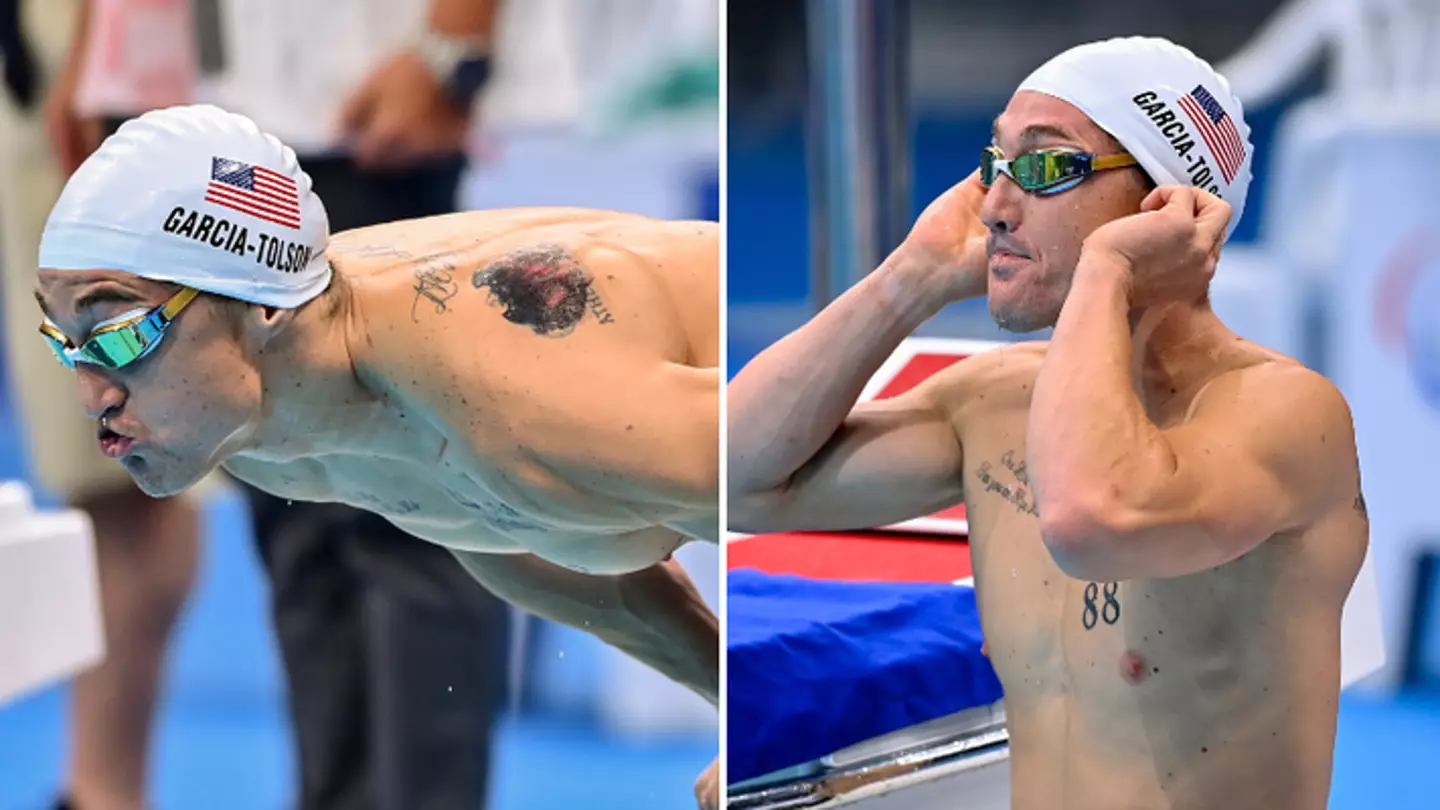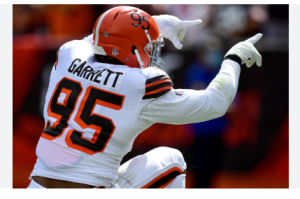
Rudy Garcia-Tolson, a renowned Paralympian, recently voiced his frustration regarding a rule that could potentially impact his participation in this year’s Games.
The athlete, who proudly sports a tattoo of the Olympic rings, now faces the prospect of being barred from competition due to this body art, which is deemed a violation of the International Paralympic Committee’s (IPC) advertising regulations.
In the world of the Olympics, tattoos of the iconic rings are often a symbol of personal achievement and pride. However, the same symbol can spell trouble in the realm of the Paralympics. The IPC has a strict policy against body advertising, which includes any tattoos or visible marks that could be construed as promotional or symbolic advertising. This rule has been in place for several years, and while it might seem arbitrary, it is enforced with rigid consistency.
Garcia-Tolson, who has been a prominent figure in adaptive sports, expressed his dissatisfaction with the rule, stating that it undermines athletes’ personal expressions and accomplishments. His tattoo, which represents his admiration for the Olympic movement and his own achievements, now faces scrutiny under these stringent guidelines. The IPC’s stance is clear: any visible body art that could be interpreted as advertising is prohibited, and athletes are required to cover such tattoos during competitions.
The rule has had real consequences in the past. For instance, during the lead-up to the Rio 2016 Paralympic Games, British swimmer Josef Craig encountered a similar situation. Despite his exceptional performance and winning heat, Craig was disqualified from the IPC Swimming European Championships solely due to his visible Olympic rings tattoo. An IPC spokesperson at the time emphasized the importance of adhering to the advertising policy, stating, “Body advertising is not allowed in any way whatsoever, and that includes the Olympic rings. The athlete did not wear a cover and was therefore disqualified.”
Garcia-Tolson’s case highlights a broader debate within the Paralympic community about the balance between maintaining strict rules and respecting athletes’ personal expression. The rule’s intent is to prevent any form of sponsorship or promotional activity, but it has also sparked discussions about whether it might be time to reconsider certain aspects of these regulations. For now, athletes like Garcia-Tolson must navigate these rules carefully, ensuring their personal symbols and achievements do not come into conflict with official policies.







